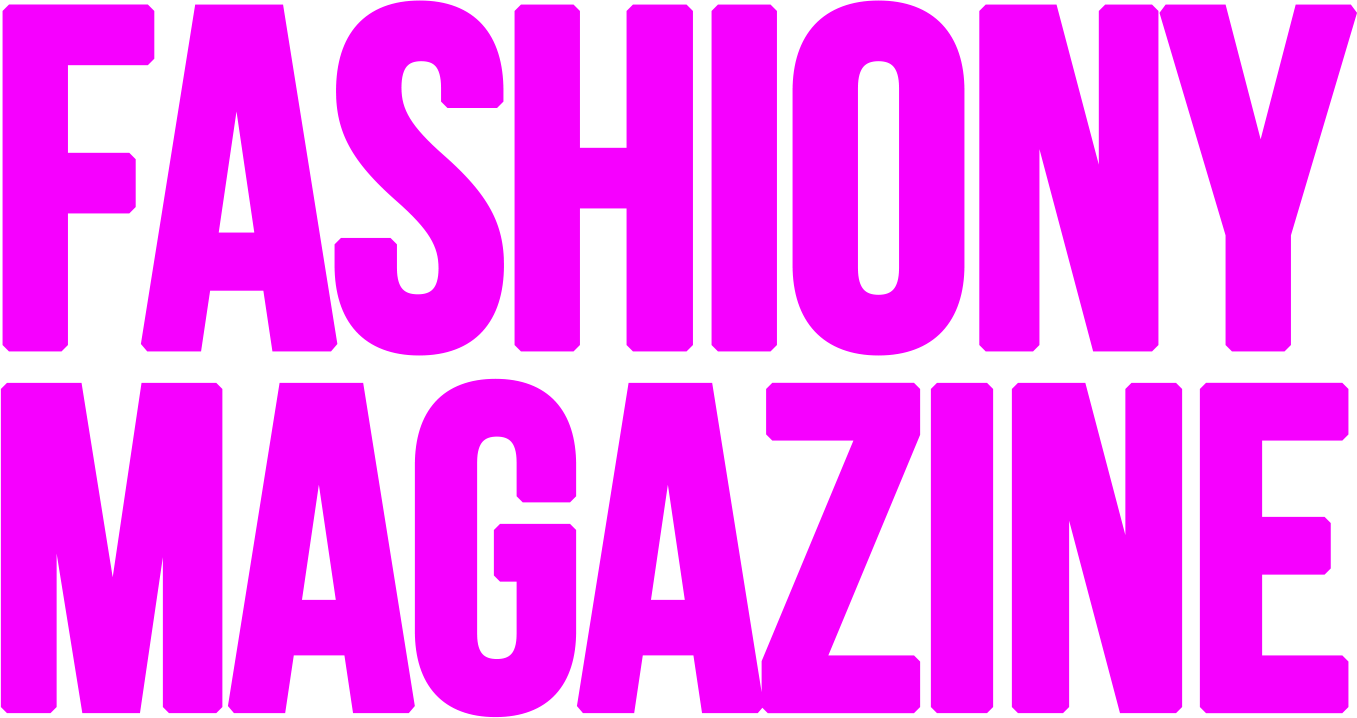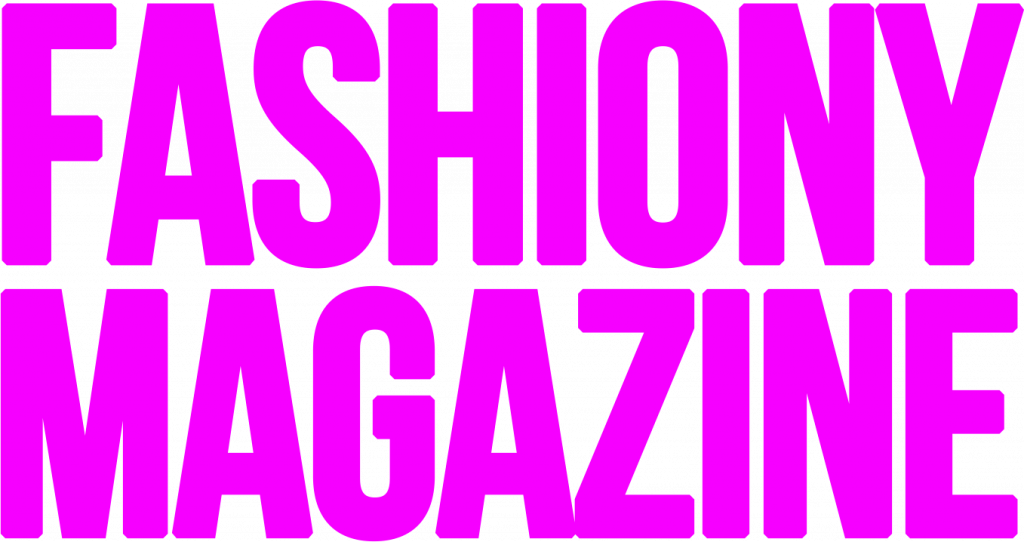Kazakhstan’s Fashion Scene: Where Tradition Meets Modernity
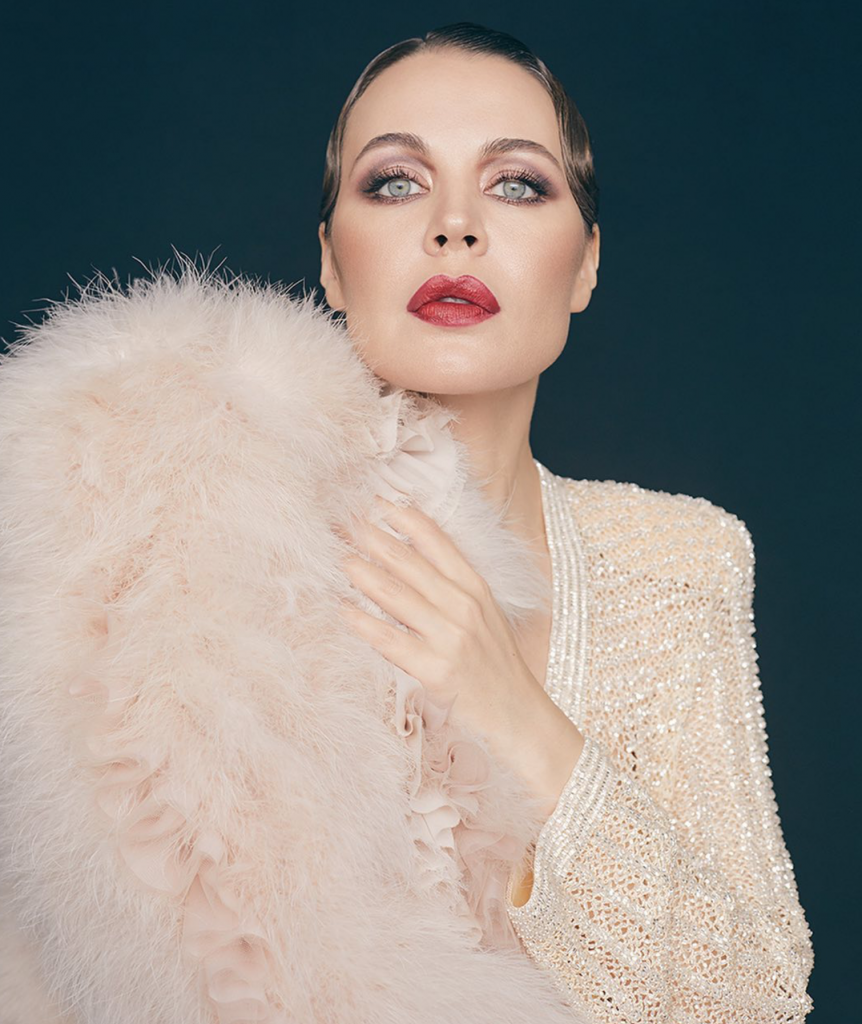
Kazakhstan, the ninth-largest country in the world, is not only known for its vast landscapes and rich history but also for its emerging fashion scene. Nestled between Europe and Asia, this Central Asian nation is experiencing a cultural renaissance that extends to the realm of fashion. In this article, we will explore the captivating world of fashion in Kazakhstan, shedding light on its unique blend of traditional elements and modern influences, its designers, and the factors driving its growth. The Fusion of Tradition and Modernity One of the most distinctive features of fashion in Kazakhstan is its ability to seamlessly blend the country’s rich cultural heritage with contemporary design. Traditional Kazakh clothing, known as „Kazakh dress“ or „Kazakh robe“ (shapan), often serves as a source of inspiration for modern fashion designers. These garments feature intricate embroidery, bold patterns, and vibrant colors that pay homage to the nation’s nomadic past. Key Elements of Kazakh Fashion 1. Intricate Embroidery: Kazakh fashion often showcases exquisite embroidery techniques, with intricate floral and geometric patterns adorning garments. This intricate embroidery is not only aesthetically pleasing but also a testament to the craftsmanship passed down through generations. 2. Nomadic Influence: The nomadic history of Kazakhstan is reflected in its fashion through the use of durable, functional materials and designs that accommodate the harsh climate of the Central Asian steppes. Fur-lined coats, felt hats (known as „kalpak“), and leather boots are common elements that harken back to the nomadic lifestyle. 3. Silk and Satin: Luxurious fabrics like silk and satin are frequently used in Kazakh fashion to create elegant and flowing garments. These materials are often incorporated into modern dresses and gowns, blending traditional and contemporary elements seamlessly. 4. Modest yet Elegant: Kazakh fashion often emphasizes modesty, with dresses and skirts typically covering the knees. Despite this modesty, the designs are far from dull, often featuring intricate detailing and striking silhouettes that highlight the wearer’s individuality. Emerging Designers In recent years, Kazakhstan has seen a surge in emerging fashion designers who are gaining recognition both locally and internationally. These designers draw inspiration from their unique cultural background while infusing their creations with contemporary style. Some notable Kazakh fashion designers include: 1. Aika Alemi: Known for her elegant and sophisticated designs, Aika Alemi has gained acclaim for her use of luxurious fabrics and exquisite embroidery. 2. Ulyana Sergushina: Ulyana Sergushina is celebrated for her fusion of traditional Kazakh elements with modern design, creating a distinctive and contemporary fashion line. 3. Natalya Alkimova: With a focus on sustainability and ethical fashion, Natalya Alkimova incorporates eco-friendly materials into her designs while drawing inspiration from Kazakh culture. 4. Aruzhan Doszhanova: Aruzhan Doszhanova’s designs often feature bold, colorful patterns and traditional Kazakh motifs, creating a vibrant and eye-catching collection. Factors Driving Growth Several factors have contributed to the growth of the fashion industry in Kazakhstan: 1. Cultural Renaissance: Kazakhstan’s renewed interest in its cultural heritage has sparked a resurgence in traditional art forms, including fashion. This cultural renaissance provides a fertile ground for fashion designers to draw inspiration from the country’s history. 2. International Exposure: Kazakh designers are increasingly participating in international fashion events and collaborating with global brands, bringing their unique perspectives to a wider audience. 3. Local Support: The Kazakh government and local organizations have taken steps to support and promote the country’s fashion industry, including funding for emerging designers and hosting fashion events. Conclusion Kazakhstan’s fashion scene is a captivating fusion of tradition and modernity, where the nation’s rich cultural heritage meets contemporary design. With talented designers drawing inspiration from Kazakhstan’s nomadic past and the support of the local government, the country’s fashion industry is on the rise. As it continues to gain recognition on the global stage, Kazakhstan’s fashion scene promises to be a unique and vibrant addition to the world of fashion.
Embracing the Pulse of Seoul: South Korean Urban Fashion Life
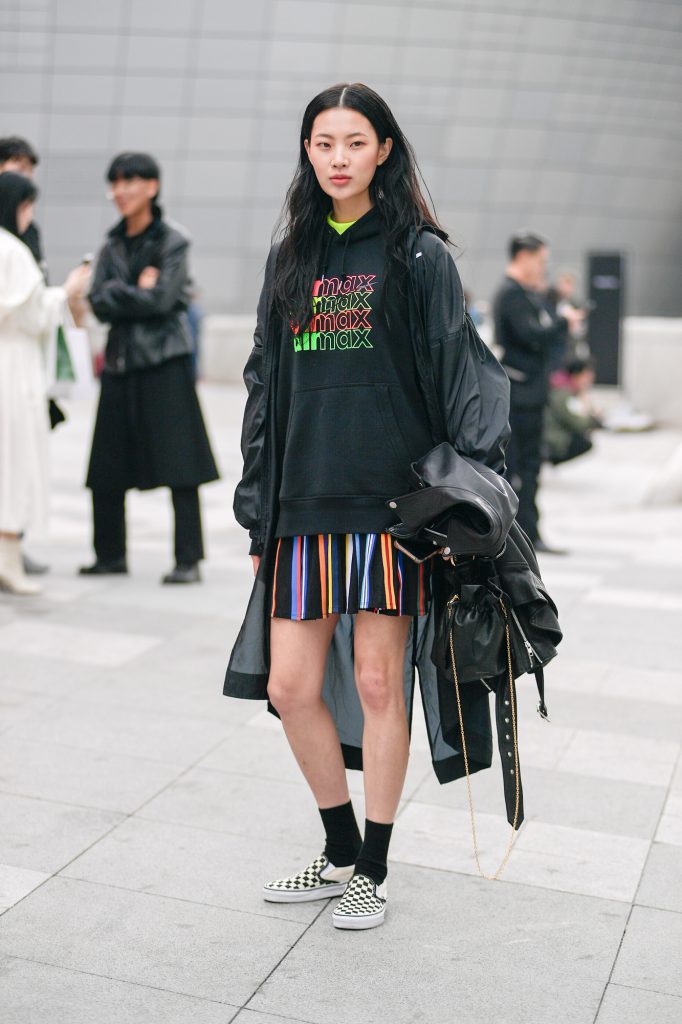
South Korea’s urban fashion scene is a vibrant and dynamic world that mirrors the pulsating energy of its bustling cities, particularly the capital, Seoul. Renowned for its eclectic blend of tradition and innovation, South Korean urban fashion life has garnered global recognition for its unique style and remarkable influence on the fashion industry. In this article, we will delve into the captivating realm of South Korean urban fashion, exploring its origins, key elements, and why it has become a global phenomenon. A Fusion of East and West South Korean urban fashion life is a fusion of Eastern and Western influences, effortlessly blending traditional Korean elements with contemporary global trends. This fusion is a testament to South Korea’s ability to embrace its rich cultural heritage while embracing the rapid pace of modernization. Key Elements of South Korean Urban Fashion 1. K-Pop Influence: The K-Pop music industry has significantly contributed to the global popularity of South Korean fashion. K-Pop idols are not only celebrated for their music but also for their impeccable sense of style. Their fashion choices, often characterized by bold and avant-garde designs, have influenced fans around the world. 2. Street Style Revolution: Seoul, in particular, has emerged as a global hub for street fashion. The city streets are teeming with fashion-forward individuals who showcase their unique personal styles. Korean street fashion is characterized by its daring mix of high-end designer pieces and affordable, trendy items, creating an inspiring and eclectic atmosphere. 3. Gender-Fluid Fashion: South Korean urban fashion is known for its inclusive and gender-fluid approach to clothing. Androgynous styles, oversized clothing, and neutral colors have become staples in many wardrobes, breaking down traditional gender norms. 4. Youth Subcultures: South Korea’s youth-driven fashion culture has given rise to various subcultures, each with its distinct style. From the clean-cut and preppy look of the „Korean Ivy League“ to the bold and rebellious aesthetics of „Korean Street Goth,“ these subcultures contribute to the diverse tapestry of South Korean fashion. 5. Minimalism and Accessorizing: Korean fashion often incorporates minimalist aesthetics, with a focus on clean lines and neutral colors. However, it is the art of accessorizing that elevates these outfits. Statement accessories, such as chunky sneakers, oversized hats, and unique bags, add personality and flair to minimalist ensembles. Global Influence South Korean urban fashion life has transcended its borders and influenced global fashion trends. Designers and influencers from South Korea regularly collaborate with international brands and showcase their collections on prestigious runways. The global fashion industry recognizes the innovation and creativity that South Korean fashion brings to the table, making it an influential force on the world stage. Conclusion South Korean urban fashion life is a captivating blend of tradition and innovation, street style revolution, and a fearless approach to self-expression. It is a testament to South Korea’s ability to adapt, evolve, and inspire, continuously pushing the boundaries of what is considered fashionable. With the influence of K-Pop, street style, and a thriving youth-driven fashion culture, South Korean urban fashion is here to stay. It has emerged as a global fashion powerhouse that not only sets trends but also fosters an environment where individualism and creativity thrive. As we continue to see South Korean designers and influencers making waves worldwide, it’s clear that the allure of South Korean urban fashion life is a cultural phenomenon that will continue to shape the global fashion landscape for years to come.
The Allure of Korean Fashion Style
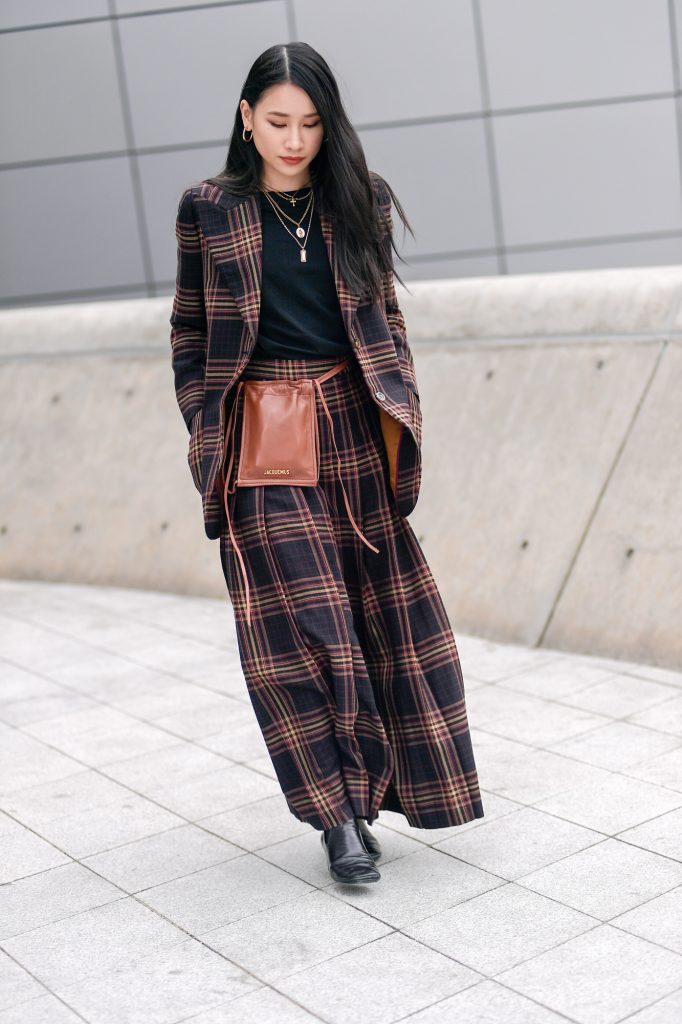
Korean fashion has taken the global stage by storm, captivating fashion enthusiasts with its unique blend of tradition, innovation, and distinct aesthetics. From the streets of Seoul to the runways of Paris, Korean fashion has become a symbol of creativity and individualism, transcending borders and influencing trends worldwide. In this article, we will delve into the fascinating world of Korean fashion style, exploring its origins, key elements, and why it has become a global phenomenon. A Fusion of Tradition and Modernity Korean fashion is a captivating fusion of traditional elements and modern sensibilities. It reflects the nation’s rich history and cultural heritage while embracing contemporary trends and global influences. One of the most notable aspects of Korean fashion is its ability to seamlessly blend the old with the new. Traditional Korean garments, known as Hanbok, have greatly influenced modern Korean fashion. Hanbok-inspired pieces like oversized sleeves, wrap-around silhouettes, and vibrant colors are frequently incorporated into contemporary clothing. This blend of tradition with modernity gives Korean fashion its distinctive charm. Minimalism with a Twist Korean fashion is renowned for its minimalist yet playful approach to design. Clean lines, neutral colors, and a focus on simplicity are often at the core of Korean fashion aesthetics. However, what sets it apart is the subtle twist or unexpected element that adds a unique character to each piece. Whether it’s an asymmetrical hemline, an oversized bow, or a quirky pattern, Korean fashion always keeps things interesting. Korean fashion designers are known for their ability to create pieces that are both chic and comfortable, catering to a wide range of styles and body types. This versatility has made Korean fashion highly accessible and appealing to a global audience. Street Style Revolution Seoul, the vibrant capital of South Korea, has emerged as a global hub for street fashion. The city’s streets are teeming with fashion-forward individuals, showcasing their distinct personal styles. Korean street fashion is characterized by its daring and eclectic mix of high-end designer pieces and affordable, trendy items. Korean fashionistas are not afraid to experiment with bold colors, statement accessories, and unique layering techniques. The result is a fashion culture that encourages self-expression and creativity, making Seoul a breeding ground for fashion inspiration. K-Pop Influence The global phenomenon of K-Pop music has played a pivotal role in popularizing Korean fashion worldwide. K-Pop idols are celebrated not only for their music but also for their impeccable fashion sense. They often collaborate with renowned fashion designers and brands, creating iconic looks that fans worldwide seek to emulate. K-Pop fashion is characterized by its daring and avant-garde approach, with a strong emphasis on bold patterns, statement accessories, and gender-fluid styles. K-Pop idols have become fashion icons, inspiring fans to experiment with their own looks and embrace Korean fashion trends. Conclusion Korean fashion style is a captivating blend of tradition and modernity, minimalism with a twist, and a vibrant street culture. It’s a style that encourages individualism, creativity, and self-expression. With its global influence, Korean fashion has transcended boundaries, captivating fashion enthusiasts around the world. The appeal of Korean fashion lies in its ability to adapt and evolve, continuously pushing the boundaries of what is considered fashionable. As we continue to see Korean designers and influencers making waves in the global fashion industry, it’s clear that the allure of Korean fashion style is here to stay, inspiring and influencing fashion trends for years to come.
